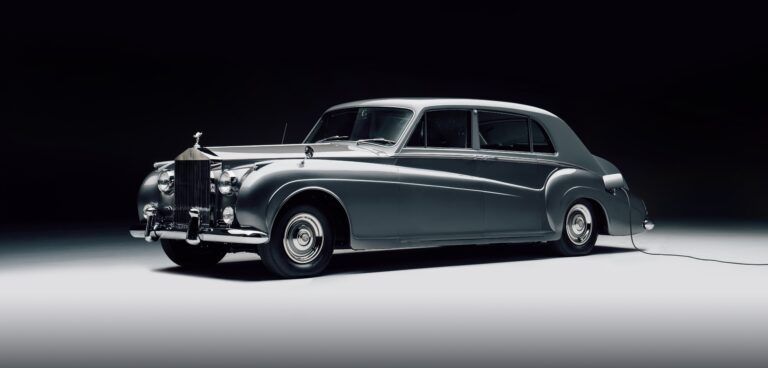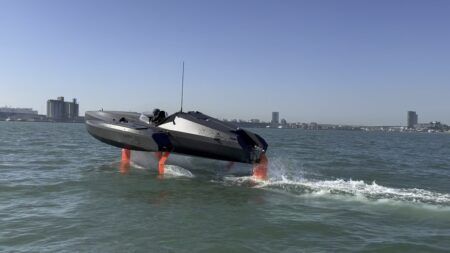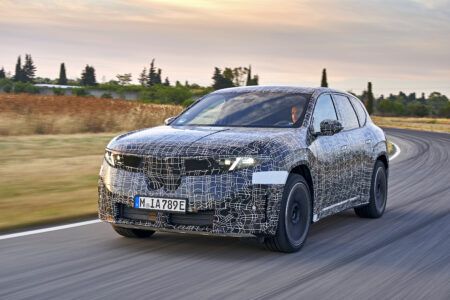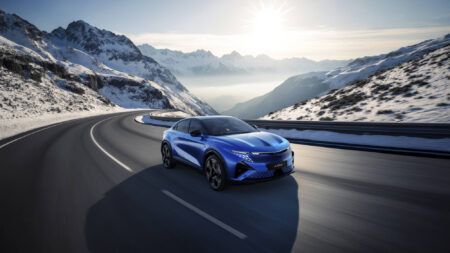Converting classic cars into modern electric vehicles is becoming a popular business, with the retro styling combined with an advanced powertrain offering the best of both worlds for enthusiasts. The latest to receive the treatment is a 1961 Rolls-Royce Phantom V, which underwent a total reengineering process.
Created by Lunaz, a creator of electric classic cars, it has started production of the world’s only electrified Rolls-Royce cars, firstly with the Phantom, and also having further build slots for Silver Clouds.
The Rolls-Royce Phantom V conversion process includes ground-up restoration and the incorporation of Lunaz’s proprietary electric powertrain and full suite of hardware and software upgrades, including the largest battery pack of its type in the world at 120 kWh, ensuring range of over 300 miles.

“The time is right for an electric Rolls-Royce. We are answering the need to marry beautiful classic design with the usability, reliability and sustainability of an electric powertrain. More than ever we are meeting demand for clean-air expressions of the most beautiful and luxurious cars in history. We are proud to make a classic Rolls-Royce relevant to a new generation,” said David Lorenz, founder of Lunaz.
The restoration and conversion process represents re-engineering from the ground up. It starts with an exhaustive inspection. Each corner is then weighed to understand the original weight distribution to the gram. This information informs decisions on chassis setup, powertrain packaging and suspension. The internal combustion engine and associated systems are then removed and the chassis is prepared for electrification.
The car is then 3D scanned; this allows the engineers to create detailed CAD models to ensure technical perfection in every step of the process. The specifics of Lunaz’s electric propulsion technology is closely guarded, but each classic by Lunaz is designed, developed, engineered and tested in-house using the highest specification modules available for automotive applications.
Traditional coachbuilding and restoration skills are then employed and the car is stripped down to a bare metal shell. Even imperceptible body defects are addressed by hand before the surface finish process begins.
The same approach extends to the interior. The in-house design team make subtle adaptations to integrate modern conveniences such as satellite telecommunications, WiFi, audiovisual entertainment and navigation aids.
The accessories associated with electric powertrains including battery chargers and DC converters are sensitively integrated into the existing design of the car, utilizing the fuel filler cap for charging and adapting dials to an appropriate read-out for the electrical powertrain. New air conditioning and electronic heating systems are installed and the accelerator is converted to a throttle-by-wire system. Following the uprating of braking, suspension, steering and electronics systems every circuit is tested before first start-up procedures begin.
Production allocation for the first tranche of Rolls-Royce cars by Lunaz will be strictly limited to 30 with prices beginning at £350,000 (US$458,000).





